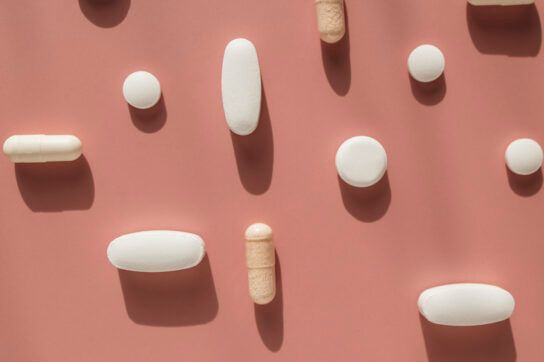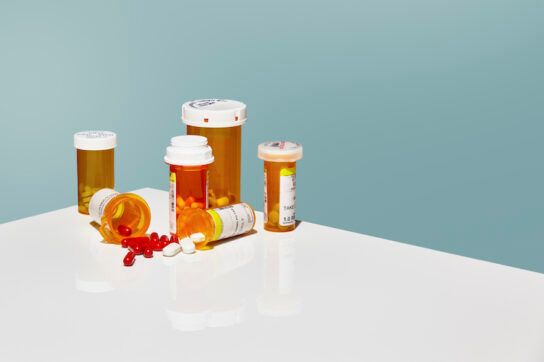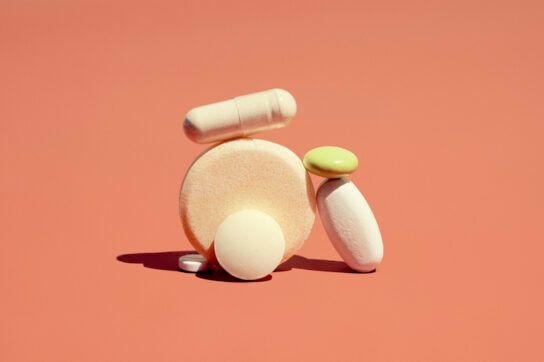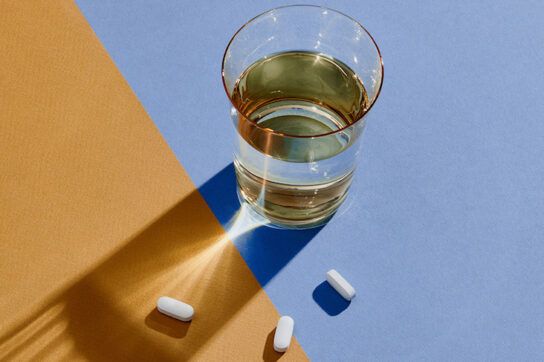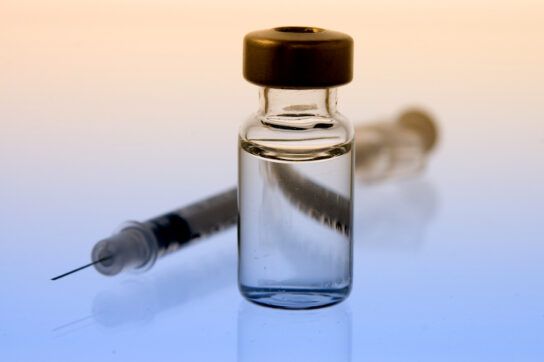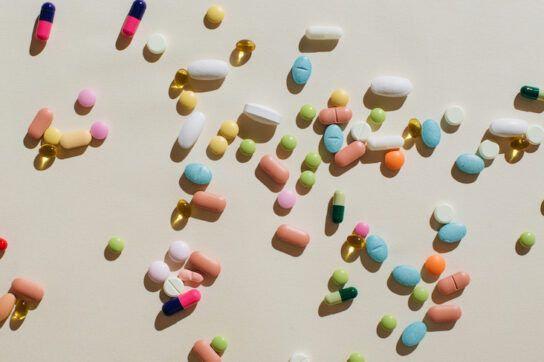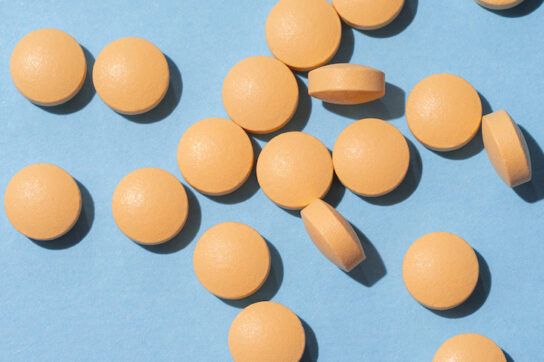Chlorthalidone oral tablet side effects: A detailed guide
Chlorthalidone oral tablet is prescribed for high blood pressure and edema (fluid retention) from certain conditions. It’s a diuretic drug that may cause mild or serious side effects. These include low potassium levels and kidney problems.
